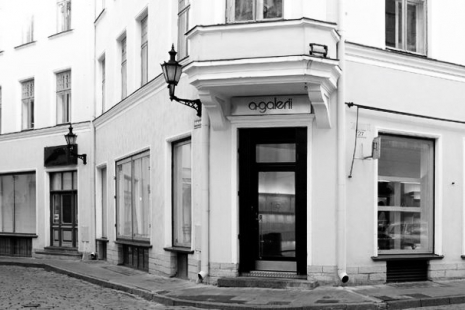The artist’s work shows how the meaning of jewelry changes depending on the cultural context. Today, technology is part of a cultural context where mass production takes precedence over handcrafted jewelry. “Umswenko” intertwines digital art with rediscovered history. The solutions in the collection have been inspired by 3D-printed indigenous motifs. The artist also incorporated weaving techniques into his work, which symbolize the ancient craft skills of indigenous peoples. Weaving symbolizes the multifaceted and layered history of indigenous peoples and the way it becomes part of material culture.
The Umswenko collection is a visual symbol of jewellery, body painting and adornment as an art form that changes with each generation.
At the same time, the artist celebrates various indigenous peoples with the exhibition and invites visitors not to look at them as a cultural alien, but as a developing organism that chooses how to present itself to the world. The Zulu people are not all spears and animal skins. The people of Suri are hiding more than flowers and body paintings. Ghanaians have more than Ankara fabric in store. The Ndebele people are larger than the murals and necklaces suggest. The artist’s goal is to show that the natives are not a lower class and to reveal how they think, imagine, create, grow and live in time and space. For example, Ghanaians only adopted Ankara fabric when the Dutch introduced it to them. Again, the Zulu people adopted beads through trade and formed their own identity from it, and the Zuri people stubbornly resist any cultural outside influence. People with a colonial background express their views and use the influence of history to express a new identity. In doing so, they acknowledge the existence of traumatic events and history, rather than trying to hide them. The artist urges people to think beyond the colonial era and view them as the embodiment of the beauty of human nature. With the exhibition, Mthethwa invites the viewer to take an interest in the meaning of cultural ornaments in order to achieve cross-cultural understanding. The artist urges people to think beyond the colonial era and view them as the embodiment of the beauty of human nature. With the exhibition, Mthethwa invites the viewer to take an interest in the meaning of cultural ornaments in order to achieve cross-cultural understanding. The artist urges people to think beyond the colonial era and view them as the embodiment of the beauty of human nature. With the exhibition, Mthethwa invites the viewer to take an interest in the meaning of cultural ornaments in order to achieve cross-cultural understanding.





